About one out of three adults in the US has high blood pressure and the worst part of it is that at about one quarter of them don’t know it.
Though there are no symptoms, high blood pressure (or hypertension) is responsible for over 56,000 deaths a year in the US alone, and is a huge risk for heart disease. In 90-95 percent of cases, the exact cause isn’t known, but it’s generally agreed that excess sodium in our diet is one of the villains, at least for a large number of people.
But what’s less known is that there are some great food choices that can actually help you control your blood pressure, and that making these foods a regular part of your diet may be just as effective as cutting back on sodium.
“People concentrate on sodium restriction”, explained Mark Houston, MD, director of the Hypertension Institute in Nashville, “but it’s equally important to look at the ratio of sodium to potassium in the diet”. Since at least 1972, research has shown that these two minerals have a symbiotic relationship, and that the balance of the two is critical to good health.
Unfortunately the American diet is woefully high in sodium and typically low in both potassium as well as magnesium, another mineral important for regulating blood pressure. “Even if you had a very high sodium intake, you could negate some of the negative impact of that sodium by having a high intake of potassium and magnesium”, explained Dr. Houston.
What foods are highest in potassium and magnesium? Fruits and vegetables, the very foods most Americans don’t get enough of. Though the current dietary guidelines recommend 5-13 servings of fruits and veggies a day (which comes to about 2 ½ to 6 ½ cups), average consumption among Americans is a paltry three servings daily. Several studies- most notably the DASH (Dietary Approaches to Stop Hypertension) study—have shown that a diet rich in fruits and vegetables can significantly lower blood pressure, which many experts attribute to the increased amount of potassium such diets provide. The Institute of Medicine now recommends that adults consume at least 4700 mg of potassium a day to lower blood pressure and blunt the effects of salt.
The following foods are potassium heavyweights:
- Swiss chard: One of the best-kept secrets in the vegetable world, swiss chard is a nutrient heavyweight that delivers a whopping 961 mg of potassium per cup. Bonus points for also delivering 150 mg of magnesium!
- Bananas: One medium banana contains 422 mg of potassium (and 32 mg of magnesium). Added bonus: that same banana has over 3 grams of fiber!
- Spinach: One cup of this nutrient-rich superfood contains a whopping 839mg of potassium, not to mention over 150 mg of magnesium.
- Orange and grapefruit juice: One cup of orange juice contains 496 mg of potassium (more than a banana!), but at 378 mg per cup, grapefruit juice is almost as good. Tomato juice is a close runner up with 556 mg per cup, but check the label for sodium content!
- Dried apricots: One of the great potassium heavyweights, dried apricots contain a whopping 1100 mg of potassium per half cup. (But don’t overdo—they’re high in calories!)
- Yams and sweet potatoes: A cup of cubed cooked yams has 911 mg of potassium, making it one of the highest vegetable sources of potassium available. One cup also contains 5.3 grams of fiber! The easier-to-find sweet potato is also a great source, with one medium baked potato providing 542 mg.
- Avocados: Don’t avoid these fruits (yup, they’re fruits) because of the fat, most of which is the same heart-healthy fat found in olive oil. A single avocado contains between 690 mg of potassium (for the California variety) and a chart-topping 1067 mg of potassium (for the Florida variety). Worth knowing: California avocados are quite a bit lower in calories than their Florida brethren (227 calories vs 365).
- Cantaloupe: One quarter of a medium cantaloupe contains 368 mg of potassium, not to mention a significant amount of vitamin A and beta-carotene.
- Figs: A half cup of figs delivers 381 mg of potassium. Bonus: they’re also very high in fiber (over 5 g per half cup).
- Peaches: One large peach contains 322 mg of potassium.
- Dates: The two varieties of dates widely available are both good sources of potassium. Medjool dates are higher in calories (66 per date) but contain 167 mg of potassium per date; Deglet noors are only 20 calories per date, but three of them deliver almost 150 mg of potassium.
- Beans: Beans are incredibly high in potassium, and it almost doesn’t matter which kind you get. Per cup, kidney beans contain 717mg (and 74mg of magnesium), black beans have 611 mg (and 120mg of magnesium), chickpeas (garbanzo beans) have 477 mg (with 79mg of magnesium), and the less well-known adzuki beans top the charts with 1224 mg of potassium (and 120 mg of magnesium).
- Kale: One cup of chopped raw kale contains only 34 calories yet delivers 299 mg of potassium (as well as 80 mg of vitamin C!). Try tossing with some olive oil, pine nuts and dried cranberries, suggests nutritionist Jonny Bowden, author of “The Healthiest Meals on Earth”.
- While the above list represents an all-star group of blood-pressure lowering foods, there are plenty of others that can help get you to your goal of 4700mg of potassium per day. Three pitted prunes, one kiwi or a cup of broccoli each deliver around 250 mg of potassium, a medium apple provides 195 mg and even a small 1.5 ounce box of raisins contains 322 mg. “A high intake of potassium- as well as the magnesium and calcium often found together in the same foods may improve blood pressure levels and reduce coronary artery disease and stroke”, Dr. Houston concluded.
- In addition, some foods lower blood pressure through other mechanisms than their potassium content. Celery, for example, has been recommended in traditional Chinese medicine for high blood pressure for centuries and experimental evidence has confirmed its usefulness. In one University of Chicago Medical Center study, injecting lab animals with celery extract equivalent to 4 stalks of celery lowered their blood pressure by 12-14%.
- Garlic also has a positive effect on blood pressure. The effect is not enormous, but it is significant. A number of analyses have concluded that garlic can modestly reduce blood pressure by 2-7% after four weeks of treatment, and a review article in the Journal of Clinical Hypertension called garlic “an agent with some evidence of benefit” in reducing high blood pressure. “Both celery and garlic are both foods we recommend for our patients at the Hypertension Institute”, said Dr. Houston.
- Beet juice has also been found to be an effective tool for lowering blood pressure. Beet juice contains nitrate- a gas which is converted in the body into nitric oxidide which in turn relaxes the muscles in the walls of the blood vessels. This in turn causes them to dilate and allows for increased blood flow. Research from the Queen Mary University of London found that high blood pressure returned to normal levels when subjects were given 2 cups of beet juice per day.
Recent research has also shown that compounds in brown rice protect against hypertension by blocking an enzyme (angiotensin ll) that increases blood pressure. Whey protein powder also has been found to lower blood pressure in those with hypertension (but to have no effect on those with normal BP).
I didn’t ask Dr. Houston about supplements- though he is quite expert on that topic– but he volunteered one as being particularly important for blood pressure: Vitamin D. “Vitamin D is very important in BP control due to an effect on a hormone call renin, that controls blood pressure. If Vitamin D is low, renin is increased and this in turn causes the arteries to constrict and increase the blood pressure.”





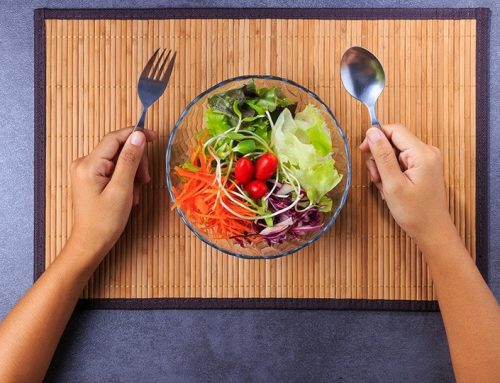
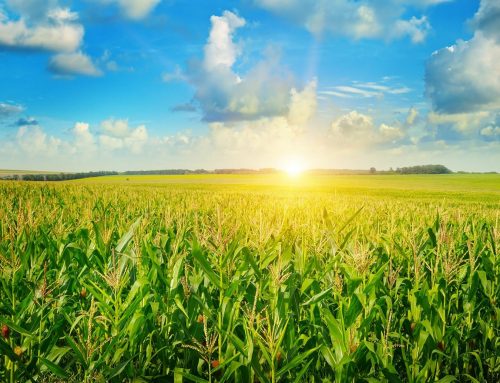
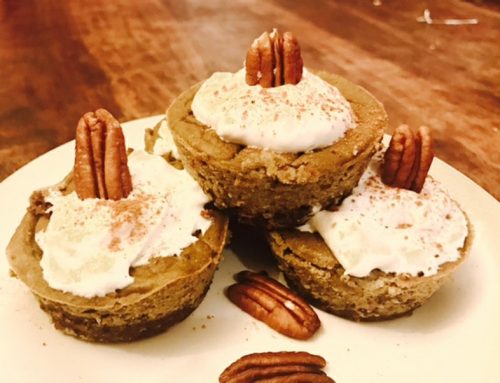

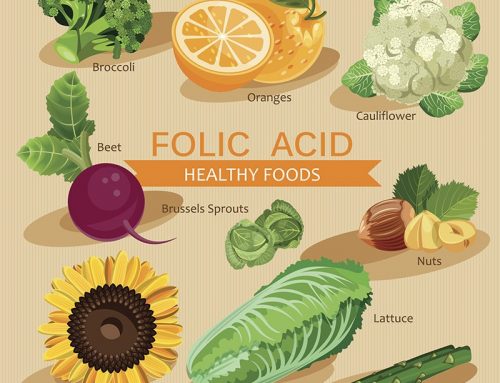
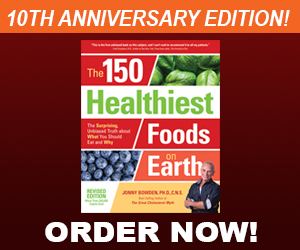
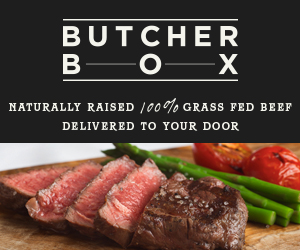
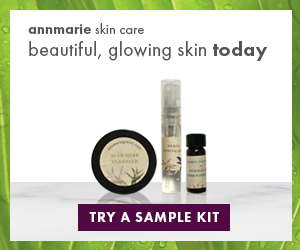

Dear Dr bowden,
In an effort to cut down on sodium I’ve started looking at the “mineral salt” available in stores, consisting of 33% sodiumchloride, 66% potassiumchloride and some iodine.
Would you reccomend this as a good choice?
Dear Jonny: Thank you–this is the type of information that we “the over-the-hill group” need!! I also want to let you know, that I loved your web-cam. I took notes frantically. Is that something you could repeat in print? Thank you. Judy
Foods to Fight High Blood Pressure
THIS IS A GREAT LIST OF HEALTHY FOODS! DOES IT MATTER IF THE VEGGIES ARE RAW OR LIGHTLY STEAMED? CAN THE SWISS CHARD FOR INSTANCE BE EATEN IN A STIR FRY & STILL MAINTAIN IT’S NUTRIENTS??
Dear Dr bowden,
In an effort to cut down on sodium I have started looking at the “mineral salt” available in stores, consisting of 33% sodiumchloride, 66% potassiumchloride and some iodine.
Would you reccomend this as a good choice?
While bananas are certainly entrenched as a stellar source of potassium, the USDA Food Composition Database suggests that the lowly potato, typically costing less than half as much, might be worth a look:
100g potato flesh 77kcal 2.02g protein 421mg potassium
100g banana flesh 89kcal 1.09g protein 358mg potassium
The food given by you already known to me through my grand mother’s recipes from whom I had a lot of information about diet for any deceases. I am now following it.. These information are known to all oldies if we are fortunate to get from them during their life time.(they don’ t know how to write but through their words – unfortunately most of us have neglected them and totally depend on harmful medicines now ) These deceases are prevalent in olden days and most of them were overcome (they lived with ages 80+) and we failed to follow the grand ma’s medicines, the result: there is continuous sufferings now. Hence the medicinal herbs for all deceases are already known to all oldies especially in Tamil Nadu villages and they are still following and I saw the result is mostly successful. However some of the medicinal herbs are available in reputed Ayurvedic Hospitals.
Yes you are tottaly right. Now days we are fully depend on harmful medicines insted of dadi ma ka formula to prevent a comman diseases.
Foods that are high in magnesium are also great for lowering your numbers. Foods that are high in magnesium are beans (lima, kidney, pinto, black, etc), grapefruit, almonds, apples, spinach, yellow corn, whole grains, broccoli, soymilk, scallops, oysters.
[…] Foods to Fight High Blood Pressure | Jonny Bowden – Foods to Fight High Blood Pressure. About one out of three adults in the US has high blood pressure and the worst part of it is that at about one quarter of them don …… […]
HELP! Doctor just added more pills for me to take. For HBP don’t want to take but don’t want to die. Please send me a list of good vegetables I put a lot of vegetables now but I need to buy the right ones too